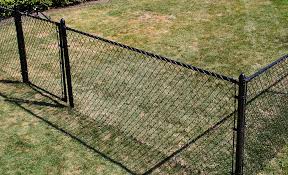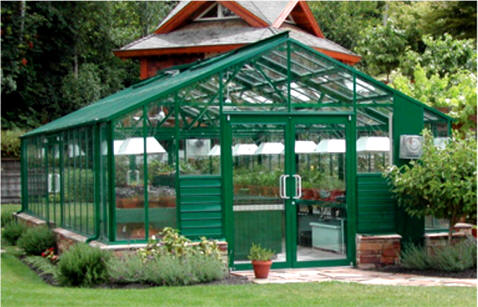Above their concrete positive aspects, fences maintain symbolic significance, embodying ideas of possession, identity, and social norms. As guardians of the boundary between general public and individual realms, fences reflect social beliefs and shape individual connections. In this article, we discover the nuanced meanings related to fences (ploty) ences and their long lasting importance in modern day society.
1. Management and Borders:
fences (ploty) symbolize ownership, delineating spaces that are part of individuals or areas. By demarcating restrictions, fences assert power over territory and assert residence proper rights. In this particular sensation, fences act as tangible expression of sovereignty and autonomy, strengthening a sense of that belongs and bond on the land.
2. Level of privacy and Intimacy:
Inside an increasingly connected planet, fences provide sanctuary from outside examination, cultivating closeness and security within encased areas. Residential fences, for example, generate hidden retreats where individuals can unwind, interact socially, and focus on leisure activities without anxiety about intrusion. By delineating private websites, fences preserve autonomy and personal autonomy, looking after interactions and fostering feelings of safety.
3. Interpersonal Divisions and Inclusion:
Whilst fences offer defense and security, in addition they perpetuate social divisions and exclusions. Higher wall space and barbed wire fences can symbolize exclusivity and elitism, segregating communities along socioeconomic lines. Alternatively, lower fences and open gateways encourage inclusivity and neighborly interaction, bridging divides and cultivating societal cohesion. The look and exposure of fences reveal fundamental power dynamics and ethnic behaviour towards addition and exclusion.
4. Enviromentally friendly Influence:
The proliferation of fences has environment implications, altering ecosystems and disrupting wildlife corridors. In non-urban panoramas, substantial fencing can fragment habitats, impeding the movement of wild animals and exacerbating biodiversity damage. However, eco-helpful fencing alternate options, for example wildlife-friendly models and permeable boundaries, provide solutions that balance human needs with ecological preservation, lessening the enviromentally friendly footprint of fences.
5. Ancient and Social Significance:
Throughout record, fences have played out critical tasks in shaping human being societies and landscapes. From ancient fortifications to colonial enclosures, fences have been equipment of conquest, colonization, and territorial control. In societal contexts, fences attribute prominently in literature, craft, and folklore, symbolizing styles of divorce, confinement, and liberation. Understanding the ancient and social contexts of fences enriches our respect with their symbolic meanings and long lasting legacy.
In conclusion, fences serve as more than actual physical boundaries they embody sophisticated narratives of possession, level of privacy, sociable dynamics, and environment stewardship. As icons of restrictions and that belongs, fences form man activities and reflect the values and goals of societies past and present. Admiring the symbolic significance of fences improves our knowledge of the developed atmosphere and our connection with the property.


